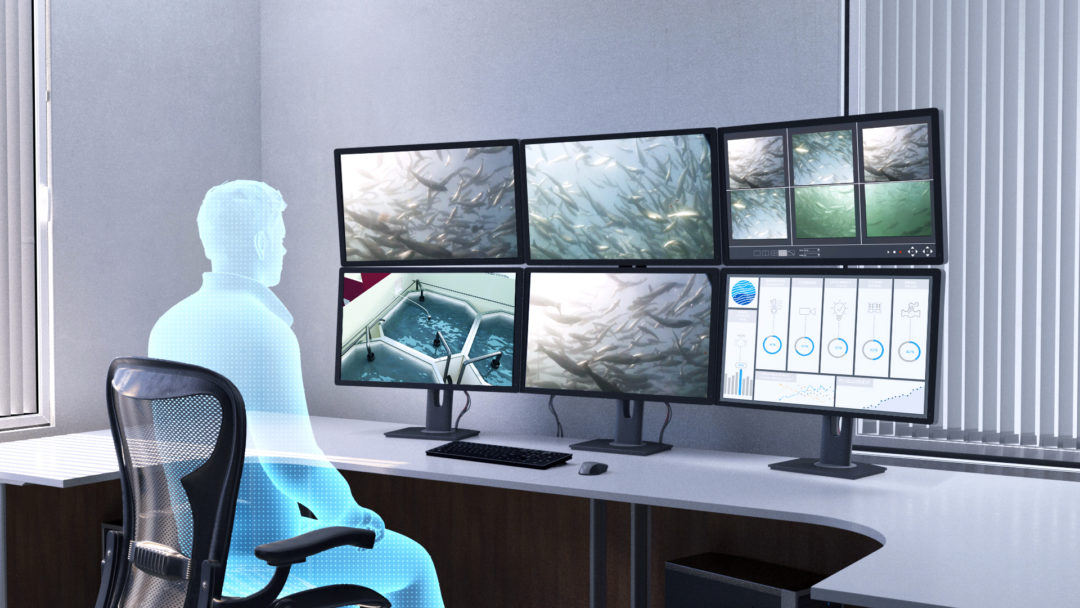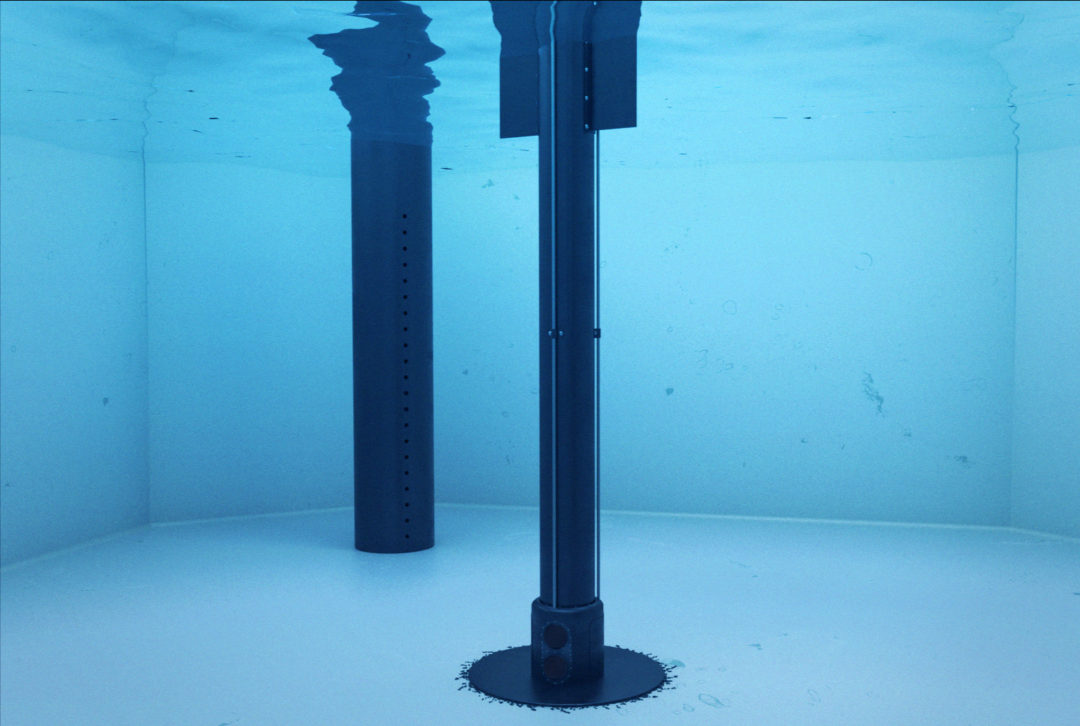This is a feature article written by our Senior Advisor Astrid Buran Holan, for the Norwegian aquaculture news site kyst.no (in Norwegian).
Sustainable growth in the aquaculture industry implies large volumes of salmon on land. To make it possible to take out healthy post smolt and salmon ready for slaughter from Norwegian land- based fish farms, the water in the facilities has to be recirculated.
In some places, it will be possible to use a through-flow system or a high degree of re-use – but they will be expensive and impractical on a large scale, as access to enormous quantities of water will be needed, plus having to heat the water for large parts of the year.
Senior Consultant and RAS expert Astrid Buran Holan from AquaOptima tells of an increase in know-how within land-based aquaculture in recirculation systems. The breakthrough comes in the nick of time if the industry is to realise its growth potential – and is the perfect complement to the Golden rules she believes ought to be present for the fish to grow bigger than they currently do on land.
She notes that in some parts of the industry, there is actual scepticism concerning RAS systems. The stories she hears concerning problems with RAS systems are always linked to either poor management, design or dimensioning.
The Golden Rules:
- Management
- Design
- Dimensioning
Management
Even when a RAS system is designed and dimensioned correctly, it will be of no use if the personnel do not work systematically with optimum water quality and fish welfare.
“The management must be highly competent. The facilities must have biologists or fish health experts,” begins Astrid Buran Holan.
She believes that RAS systems manned by experts on water quality and fish welfare have the best chance of succeeding with profitable, safe aquaculture.
“Experts who know the system well and constantly monitor fish health and water quality detect problems and ways of improving things earlier, and can thus put measures into effect before any major loss of water quality or fish welfare.”
She emphasises that sensor technology and other forms of automatic monitoring are no longer enough.
“There are still no good sensors for fish behaviour, or the microbial status of the water. In addition, sludge, pathogenic organisms and other bacteria have to be monitored and analysed.”
There are also many critical parameters that need to be monitored for fish welfare and profitability in any facility that have to be maintained.
“All the parameters essential to good water quality in RAS have to be monitored, analysed and reported.”
Buran Holan names factors such as the aquatic environment, fish behaviour, general microbial monitoring, chemical monitoring, histology analyses, bioreactor composition, smoltification, bio-safety, disinfection and performance in the sea after release as necessary measurement parameters. In other words, there is much that can be measured – and know-how is needed to be able to interpret the data.
“One person who knows the farm well and notices a change, reacts quickly when something is outside the norm, and whether a change is beneficial or require action to be taken.”
She emphasises the importance of RAS suppliers being able to offer training.
“We decided to have training for the personnel who will actually be running the facility before start-up and regularly during the first year.”
Design
“Facilities have to be designed for safe operation in the long-term. H2S (hydrogen sulphide) is the big problem at the moment – and there has been talk of filtering sulphate out from intake water. I think the solution lies in better management and design of the farm. If we remove sulphate, we also remove other salts and components in the water that the fish may need. If we start such filtering, the water will have to be tested thoroughly on the fish.
The solution lies in designing and dimensioning farms that efficiently clean the water, and that prevent sludge build-up anywhere.
Ensuring the facility is designed so that particles are quickly removed from the water is particularly important to achieve stable, permanent and high water quality.
Particles such as fish faeces and uneaten feed quickly dissolve in the water. They have a negative effect on water treatment, and increase the risk of sludge build-up and thus H2S. They also cause unstable microbial conditions, as they represent an ideal bacteria food. There is also a clear advantage to installing protein skimmers if there is ozone mixed in the water loops.
Under design comes another D, which is of vital importance to a good RAS system: Disinfection of intake water,” says Buran Holan.
Dimensioning
The facility must be dimensioned according to the given conditions, and these must be realistic with regard to profitable operation and fish health.
“We can see many examples abroad of aquaculture farmers putting in far too many fish, and hoping that the strongest survive. We cannot start doing that here in Norway. We need to think of the tanks as barns – it would be unthinkable to cram 200 cows in a barn and hope that 50 would survive.
It’s also important to feed correctly according to the dimensions of the facility. It may be tempting to overfeed – but that can mean problems. If the facility is not dimensioned correctly, the hydraulics can be affected, which again will mean poor water quality, and by extension poor fish welfare.
The golden rules in practice
Key to all three of the rules is the need for know-how, either by the farmer and fish farm builders choosing the right suppliers – or by employing skilled people on the facility.” AquaOptima’s RAS expert sees several indicators of the fact that know-how is becoming more and more important.
“TEKSET was sold-out long ago, and the Tekna conference Frisk Fisk in Tromsø has over 400 people registered. What’s more, there are over 60 participants on NTNU’s annual RAS course. Know-how is key for all these events, and they are quickly booked up. That’s a good indicator that the increasing level of know-how in the industry has made a successful breakthrough. It’s important – because these are the people who will ensure we can produce bigger and more salmon on land,” concludes Buran Holan.

